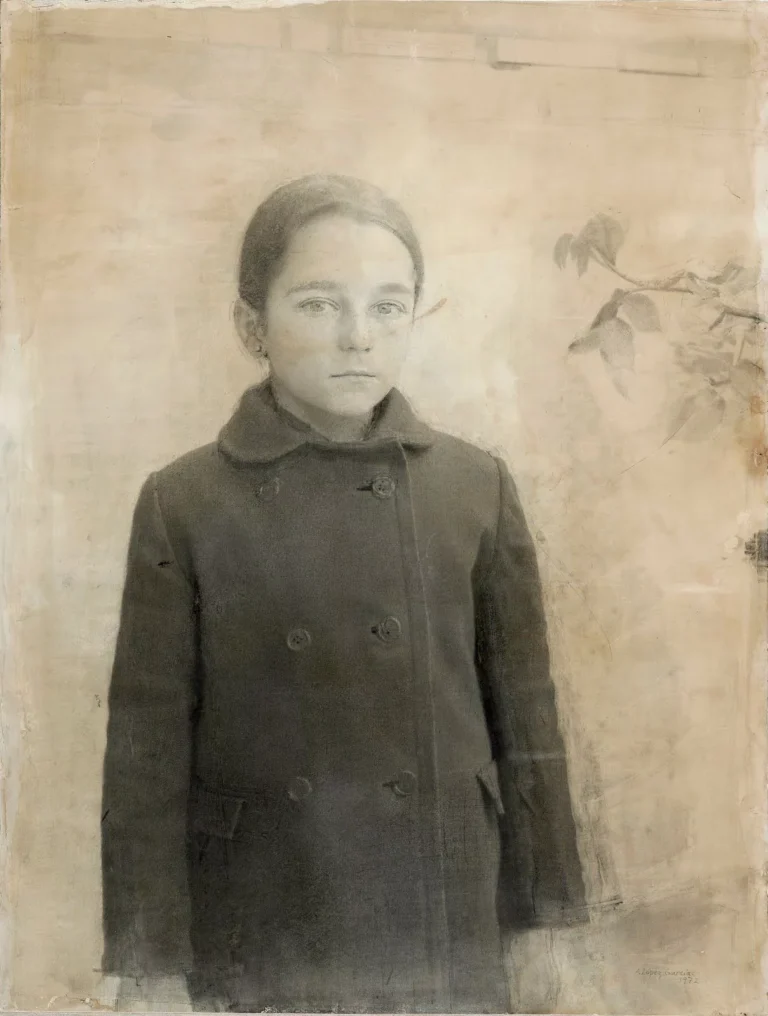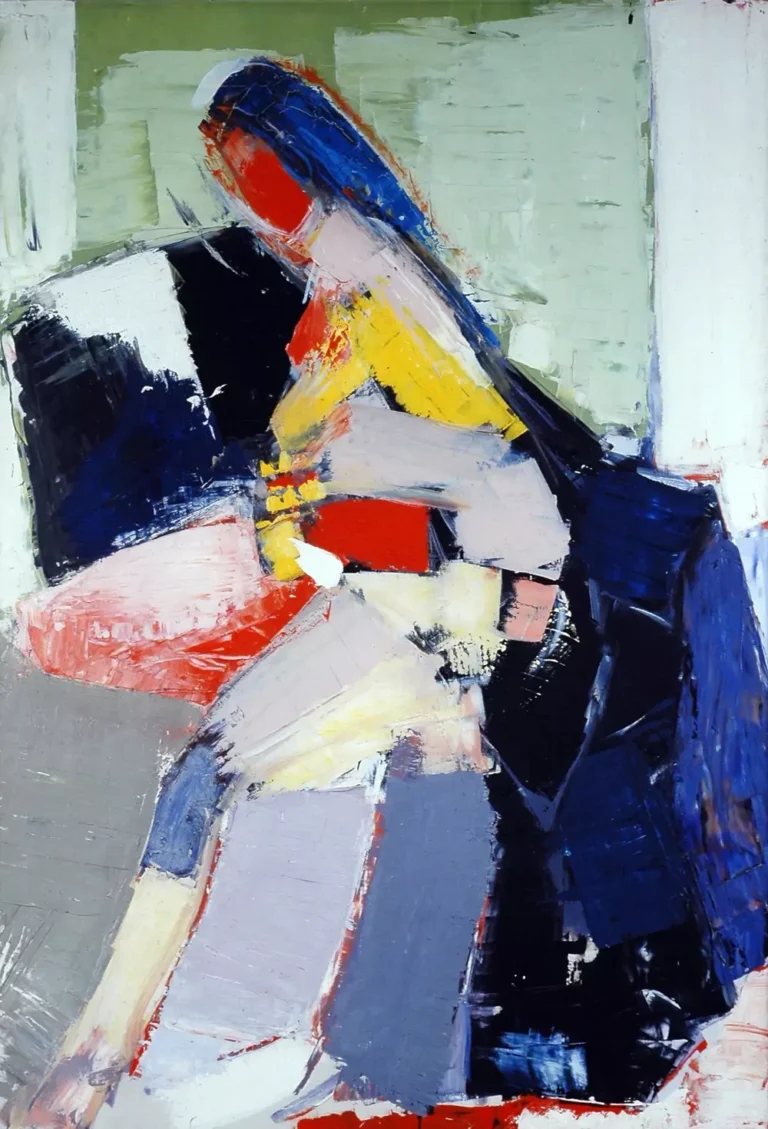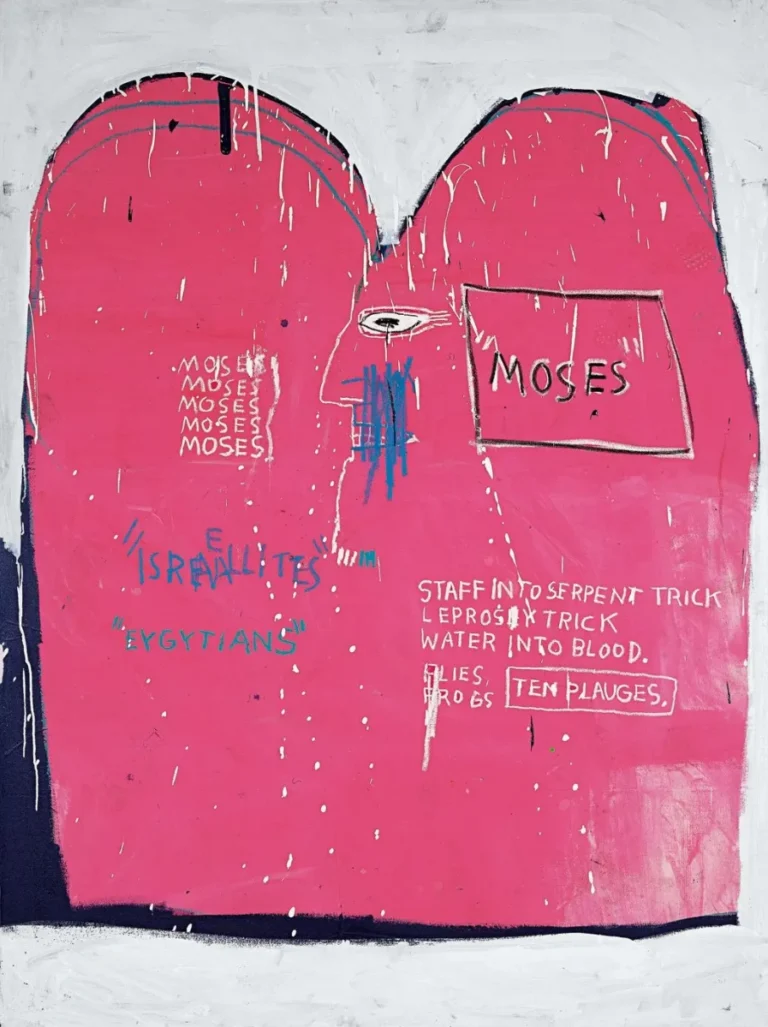Looking for a muse? Check no further. Discover the Best of Art, Culture, History & Beyond!
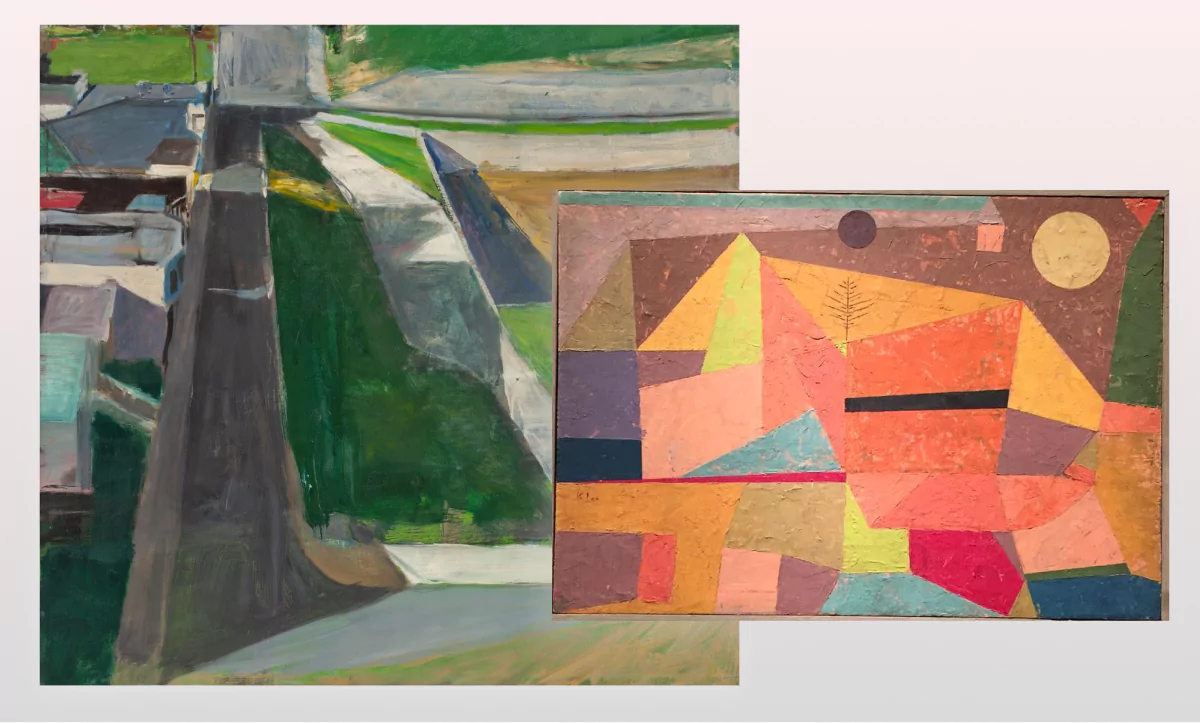
Imagine stepping into a gallery where two artists, separated by time and geography, engage in a silent yet profound conversation through their canvases. Richard Diebenkorn and Paul Klee, though hailing from different eras and continents, share a unique artistic dialogue that transcends the boundaries of time. Their works, when viewed together, offer a rich tapestry of color, form, and emotion, inviting you to explore the depths of their creative minds.
Paul Klee: The Visionary Modernist
Paul Klee, born in 1879 in Switzerland, was a pioneer of modern art. His work is characterized by a playful yet profound exploration of color and form. Klee’s paintings often resemble abstracted landscapes or whimsical scenes, rendered in a style that defies easy categorization. His approach was deeply influenced by his experiences at the Bauhaus, where he taught alongside other luminaries of modern art.
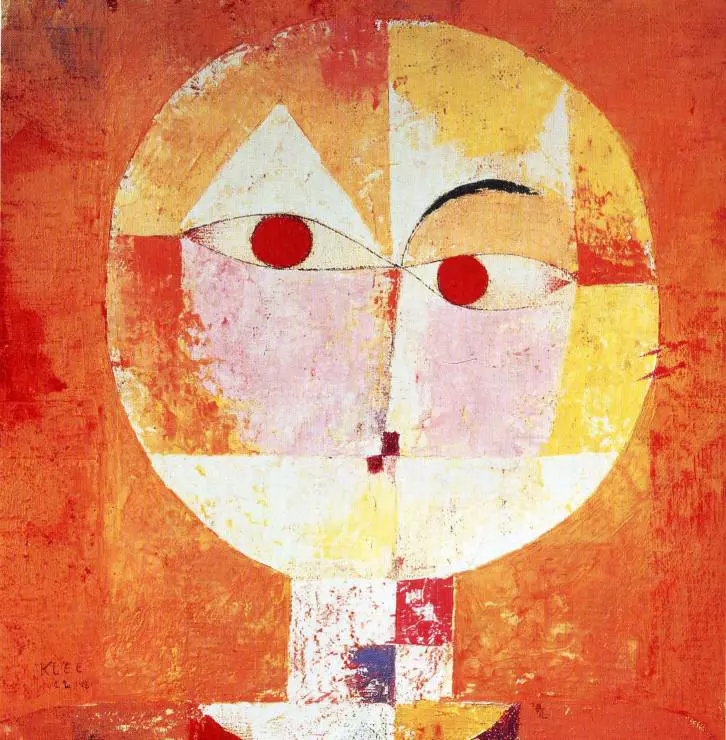
Klee’s philosophy of art was rooted in the belief that art should make the invisible visible. He once said, “Art does not reproduce the visible; rather, it makes visible.” This perspective is evident in his works, which often delve into the subconscious, presenting a world that is both familiar and fantastical. His use of symbols, geometric shapes, and a vibrant color palette creates a visual language that speaks directly to the viewer’s imagination.
Richard Diebenkorn: The Abstract Expressionist
Fast forward to the 20th century, and we encounter Richard Diebenkorn, an American painter born in 1922. Diebenkorn’s artistic journey took him from abstraction to figuration and back again, reflecting a restless exploration of form and color. His most celebrated works, the “Ocean Park” series, are expansive canvases that evoke the landscapes of California through abstract compositions.
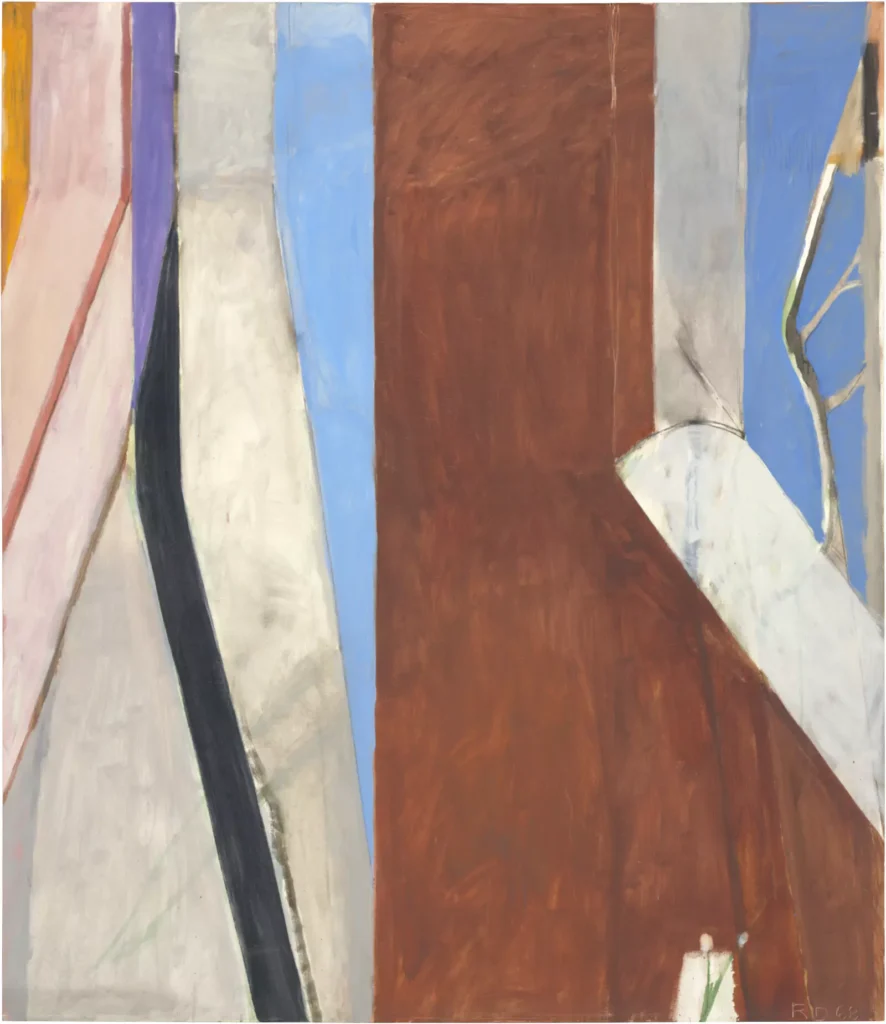
Diebenkorn’s time in the U.S. Marine Corps during the 1940s allowed him to visit significant art collections, including the Phillips Collection in Washington, D.C.
These experiences exposed him to the works of European modernists, including Paul Klee. The influence of these artists is evident in Diebenkorn’s evolving style, which marries the spontaneity of Abstract Expressionism with a structured, geometric approach reminiscent of Klee’s compositions.
A Meeting of Minds: Klee’s Influence on Diebenkorn
While there is no record of Diebenkorn and Klee meeting in person, the impact of Klee’s work on Diebenkorn is unmistakable. Diebenkorn’s exposure to Klee’s art during his formative years provided a foundation upon which he built his unique style. The two artists share a fascination with the interplay of color and form, and this shared interest manifests in their respective bodies of work.
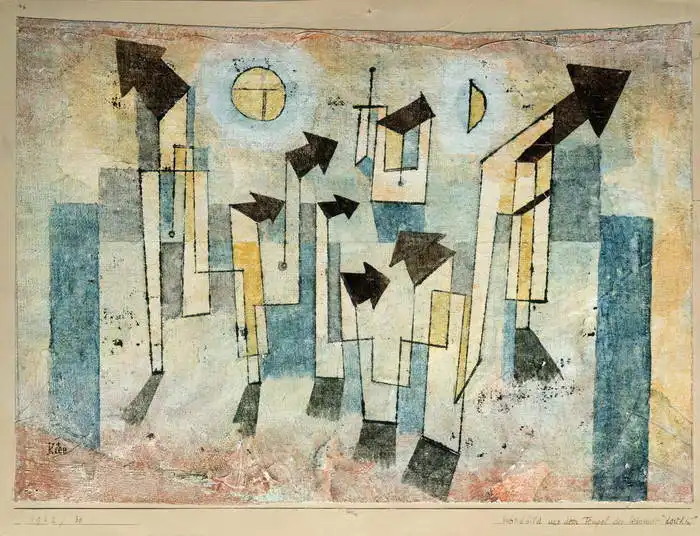
Klee’s influence is particularly evident in Diebenkorn’s use of color. Klee’s vibrant, often unexpected color combinations find echoes in Diebenkorn’s palettes. Both artists use color not merely to depict reality but to evoke emotion and create a sense of place. In Diebenkorn’s “Ocean Park” series, the blues, greens, and earth tones capture the essence of the California coast, much like Klee’s colors conjure the landscapes of his imagination.
The Language of Abstraction
Both Klee and Diebenkorn embraced abstraction as a means to explore deeper truths. Klee’s abstract works often incorporate symbols and signs, creating a visual language that invites interpretation. His painting “Senecio,” for example, presents a stylized human face composed of geometric shapes and bold colors, blurring the line between representation and abstraction.
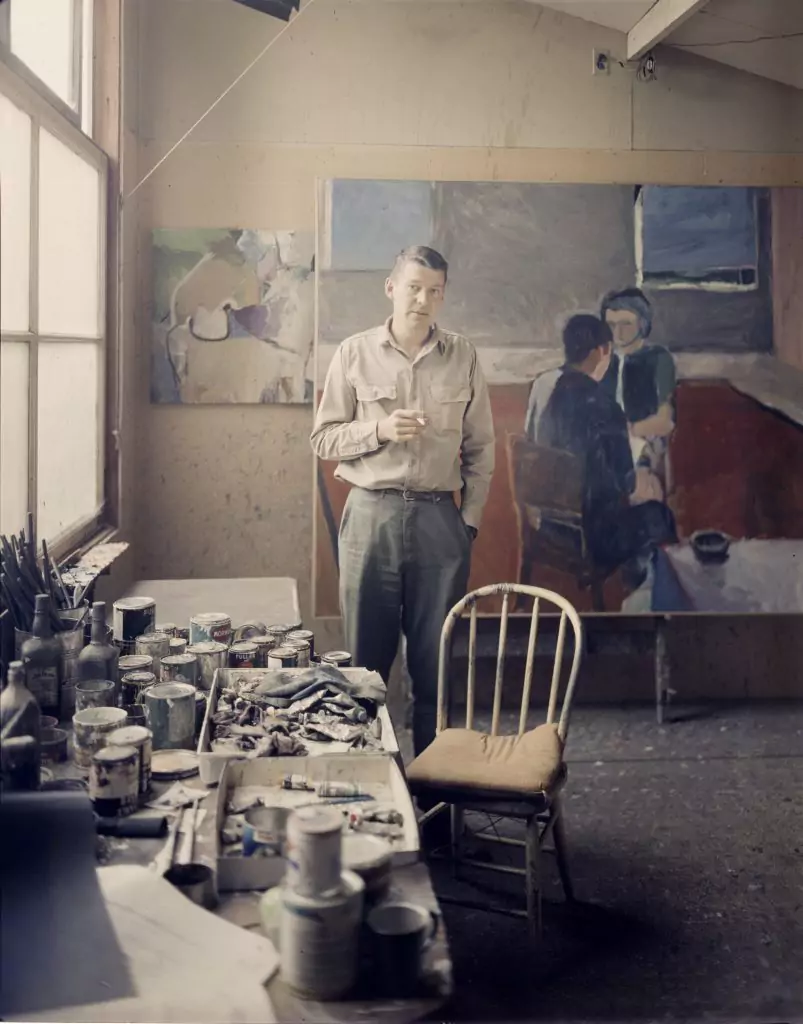
Diebenkorn, on the other hand, approached abstraction through the lens of landscape and architecture. His “Cityscape #3” reduces the urban environment to a series of interlocking planes and lines, capturing the essence of the city without depicting it literally. This abstraction allows viewers to engage with the work on a conceptual level, much like Klee’s paintings.
The Emotional Resonance of Their Art
What makes the works of Klee and Diebenkorn enduringly captivating is their emotional resonance. Klee’s art often carries a sense of whimsy and wonder, inviting you to see the world through the eyes of a child. His playful compositions and vibrant colors evoke a sense of joy and curiosity.

In contrast, Diebenkorn’s paintings exude a contemplative calm. The expansive spaces and harmonious color relationships in his “Ocean Park” series invite reflection and introspection. Standing before one of these canvases, you might feel a sense of peace, as if gazing out over the ocean’s horizon.
A Dialogue Across Time
When viewed together, the works of Klee and Diebenkorn engage in a silent dialogue. Klee’s exploration of the subconscious and Diebenkorn’s meditative abstractions offer two perspectives on the power of color and form. This conversation between their artworks transcends temporal and spatial boundaries, inviting you to consider the universal language of art.
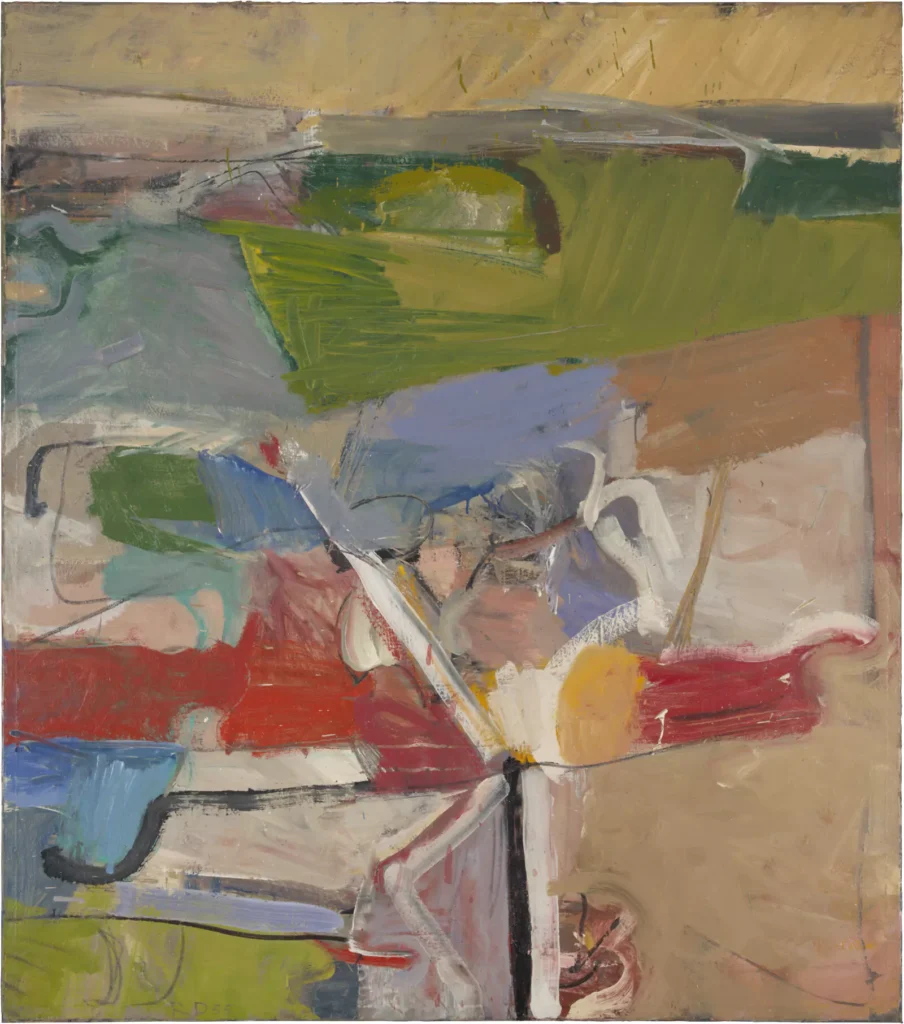
In this dialogue, you might find yourself reflecting on the ways in which art can convey complex emotions and ideas without words. Klee and Diebenkorn, through their distinct yet complementary approaches, demonstrate that abstraction can be a powerful tool for expression, capable of resonating deeply with viewers across generations.
Final thoughts
The artistic connection between Richard Diebenkorn and Paul Klee serves as a testament to the timeless nature of creative exploration. Their works, while distinct, share a common thread of curiosity and a desire to push the boundaries of visual expression. By engaging with their art, you are invited to partake in a dialogue that spans decades, cultures, and artistic movements, enriching your understanding of the profound impact of color, form, and abstraction in art.

This article is published on ArtAddict Galleria, where we explore the intersections of art, history, and culture. Stay tuned for more insights and discoveries
